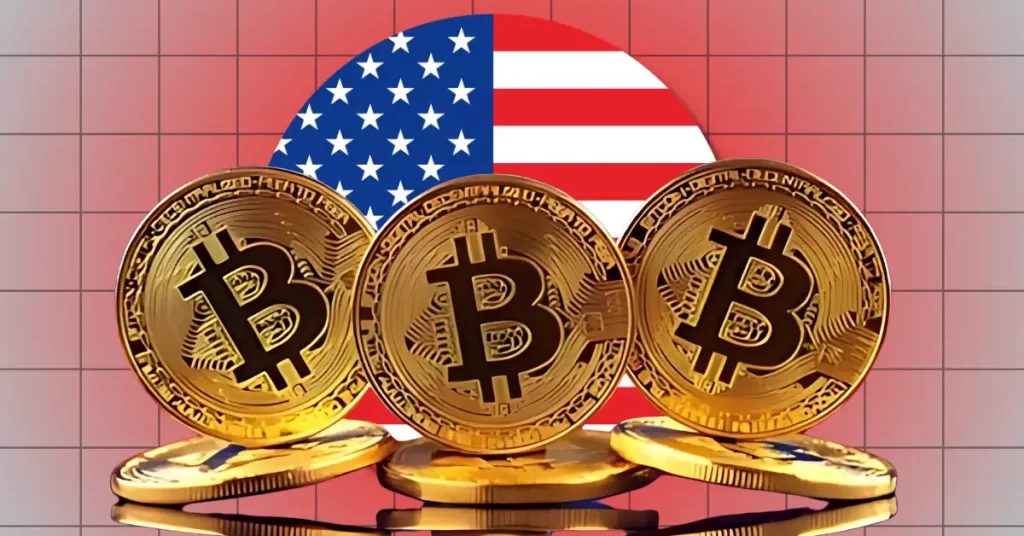China considers market curbs as $1.2T stock rally surges
China’s regulators are considering new steps to slow the stock market. This is after a $1.2 trillion rally in just over a month, raising fears of overheating and risky speculation.
The possible steps include reviewing short-selling limits, increasing checks on speculative trades, and discouraging heavy retail participation that could cause a sharp downturn.
Officials try to keep the rally steady and avoid another crash
The Chinese stock rally added over $1.2 trillion in market value in over a month, and while this may sound like good news, regulators are uneasy. Their fear remains justified because of a similar and painful event in 2015, where the market skyrocketed at alarming rates only to collapse just as fast, leaving huge losses behind.
At that time, retail investors flooded the market with loans after brokers promised easy profits and ran big promotions that seemed too good to miss. But when the rally crashed, it wiped out all their savings and damaged the people’s confidence in the government’s ability to manage similar financial risks.
Chinese officials today don’t want to stop the rally, but they want to avoid a repeat of 2015. So, they are determined to guide it into a more sustainable path without leaving room for another devastating collapse.
Beijing’s leadership places high importance on stock markets, as they shape consumer sentiment amid inflationary pressures. China Securities Regulatory Commission Chairman Wu Qing emphasized maintaining “positive momentum” in the markets. He also urged investors to prioritize long-term value and make rational financial decisions, rather than chasing quick profits from short-term trades.
The timing of these discussions shows that financial stability is closely tied to politics in China. History indicates that the country’s lawmakers seem more active in maintaining market peace when major national events are around the corner. The current debate over cooling measures took place just as the country prepared for the September 3 military parade, which marks the 80th anniversary of the end of World War II.
At the same time, market data doesn’t provide a justified image of the rally’s current strength or the potential risks that could come about in the event of a collapse. Take the Shanghai Composite Index, for example, which has reached its highest level in a decade.
Similarly, the CSI 300 Index has gained more than 20% from its 2024 low (this marks the start of a bull market). But the most worrying part is that the rise isn’t spread across the $12.5 trillion stock market. Instead, it’s concentrated in small strategic industries like semiconductors and chips.
Authorities act to control risky trading and retail frenzy
Chinese regulators have warned banks to be cautious about investors borrowing from online credit platforms to fund stock purchases rather than using their own savings. Authorities have also cautioned companies against aggressive marketing that pushes retail investors into equities.
Yet, data shows that new accounts opened in August surged by 166% compared to last year. Rather than shutting retail investors out entirely, regulators have instructed brokerages to manage the pace of inflows.
Investor sentiment can sway markets as much as interest rates or credit availability. Lawmakers have urged social media platforms, including WeChat, to avoid promoting a “bull market” narrative. In response, WeChat pledged to boost traffic to legitimate accounts while banning those that share illegal stock tips, spread false information, or hype speculative stories.
The influx of funds is evident across the financial system. Over 400 mutual fund products suspended new subscriptions in August, fearing that excessive inflows could disrupt strategies and inflate valuations. Daily trading volumes also hit the second-highest level ever, surpassing 3.1 trillion yuan on August 27.
Firms are taking defensive measures. Shanghai-based Sinolink Securities raised its margin deposit requirement for new financing contracts from 80% to 100%, increasing borrowing costs and discouraging leveraged trading.
KEY Difference Wire: the secret tool crypto projects use to get guaranteed media coverage
محتوای پیشنهادی

Last Quiet Week for Crypto? Congress Set to Tackle Market Structure, Stablecoins, and Tokenization

Trump-Backed WLFI Token Hits All-Time Low, Sinks Under $0.18: What to Know?
